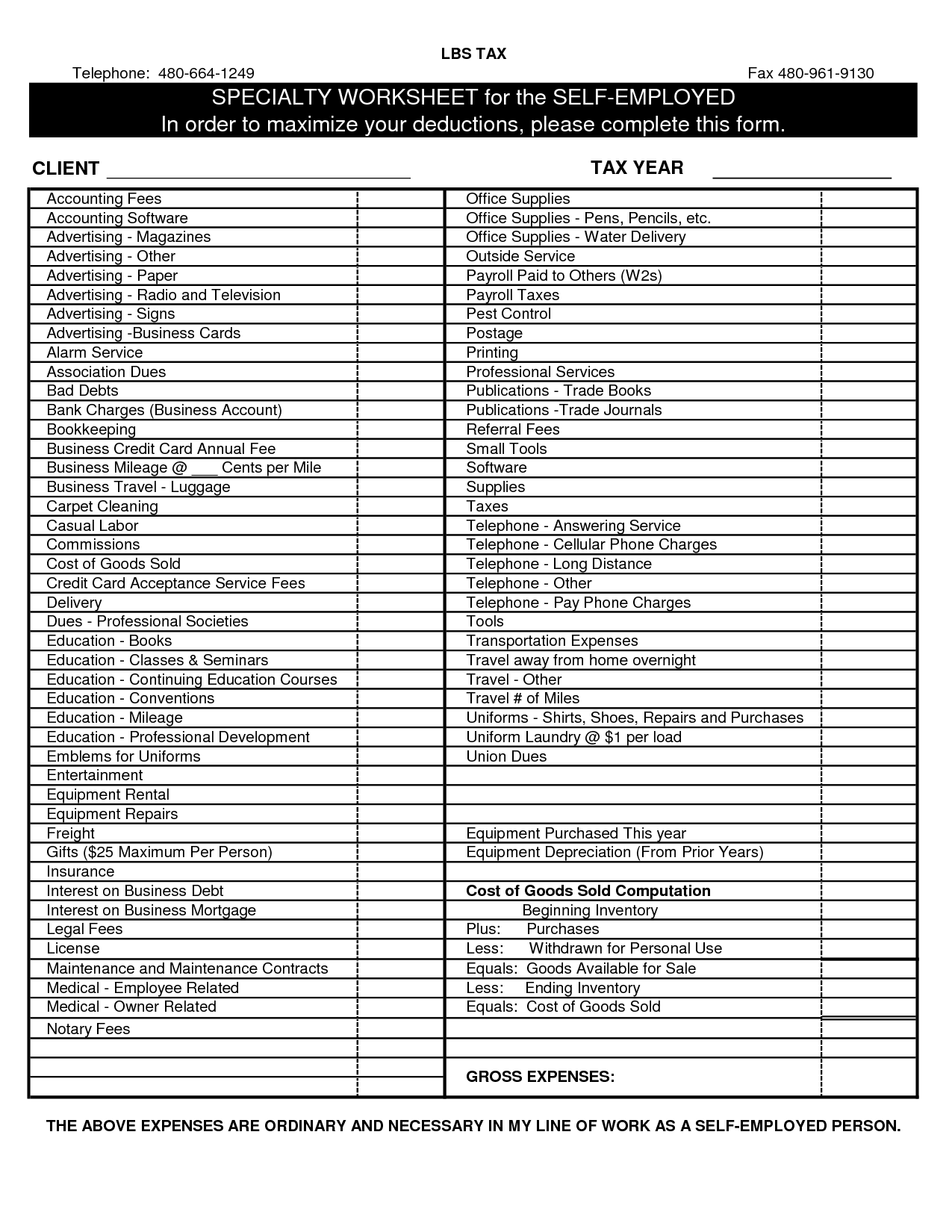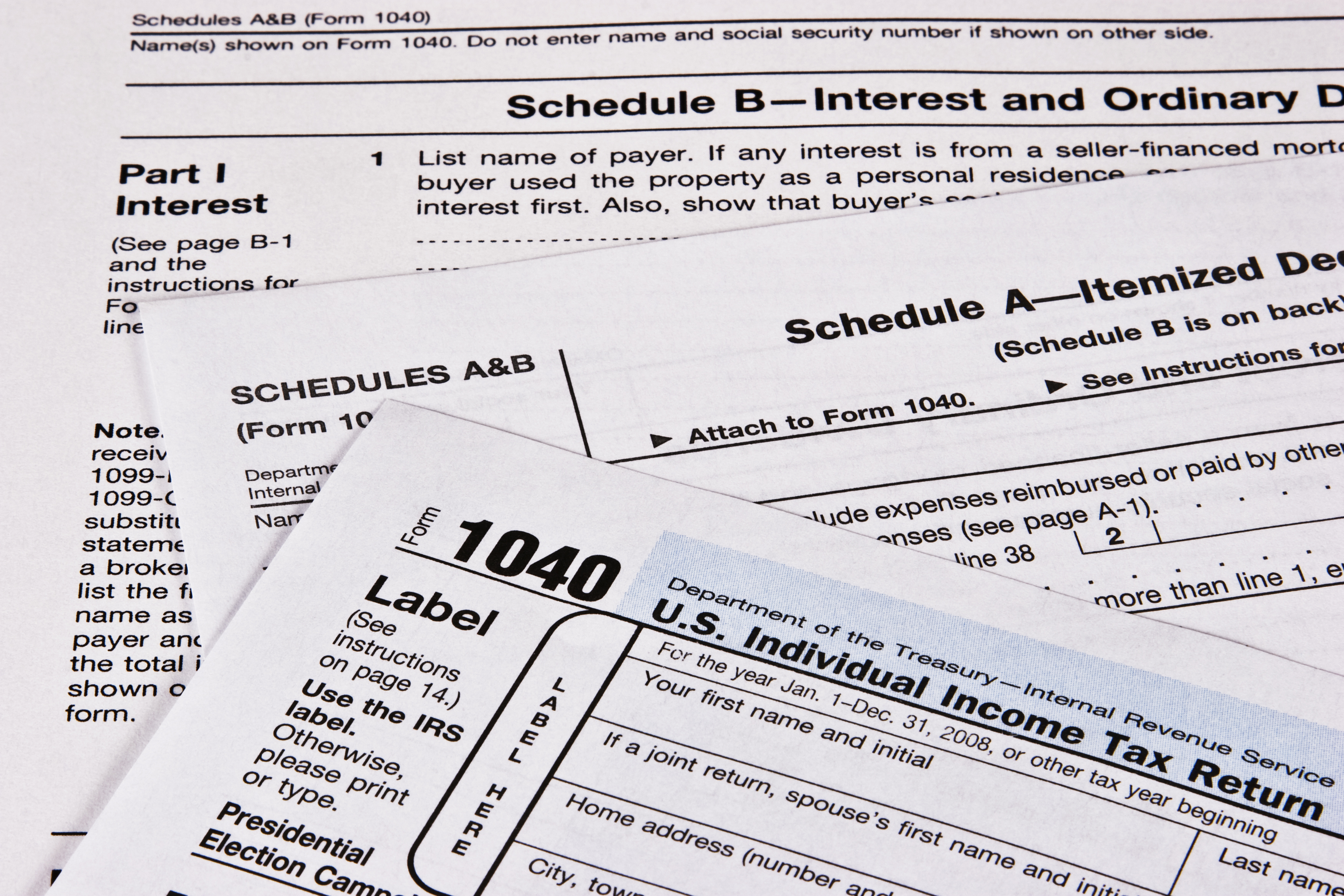

What we want to be able to do is deduct the loan interest (let’s assume once again they borrowed against their principal residence with either a first mortgage or a HELOC) for the stock purchase directly against the S corp income on Schedule E. Sometimes shareholders in S corps are given the opportunity to buy more stock in their company. An investment interest deduction is limited to investment income on Form 4952, Investment Interest Expense Deduction, and the result ends up on Schedule A unless the investment interest was used for trade or business purposes for example. Discussions with the taxpayer will tell you the interest is not deductible on Schedule A–at least not as mortgage interest. Once again, the bank issues a 1098 for the mortgage interest. Taxpayers can borrow against their house to make an investment such as a can’t-miss stock tip or other investment. The problem is the bank still issues a mortgage interest statement making it look like a tax deductible item. There is NO deduction available for that. Borrowing against their house to take that once-in-a-lifetime trip to Fiji is an example. If your client borrows against their house and doesn’t use the money for a business or investment venture, then we have to assume the use is personal. Based on that use, we know where the interest can be deducted…or IF it can be deducted at all. The rules tell us that interest is classified based on what was done with the borrowed money. What Are the Interest Tracing Rules?īasically, interest-tracing rules require the client to show you the money-what it was used for. Introverts…I’m talking to you! Talk with your clients.

#Rental expense tax deduction in illinois template how to
In other words, “Show me the money!” (or at the very least, show me what did you do with the money).īefore we begin, the first thing we are going to have to re-learn is how to establish lines of communication with our clients in order to get the information that we need. What we’re going to talk about is interest tracing rules. However, the money was not used to buy, build, or substantially improve the client’s primary residence. As we go through this, we’re going to assume your client’s principal residence is the collateral for the loan. In this post, rather than concentrate on whether or not interest is deductible on Schedule A, I plan to concentrate on what the borrowing was used for. With apologies to Septimus Winner who, according to Wikipedia, wrote the inspiration for my little ditty.Įven before the TCJA introduced us to higher standard deductions, it has always been important for tax professionals to determine what borrowing against the primary residence has been used for, whether the loan was a first mortgage or a home equity line of credit (HELOC). Oh where oh where does my mortgage interest go? Where Oh Where to Deduct Mortgage Interest


 0 kommentar(er)
0 kommentar(er)
